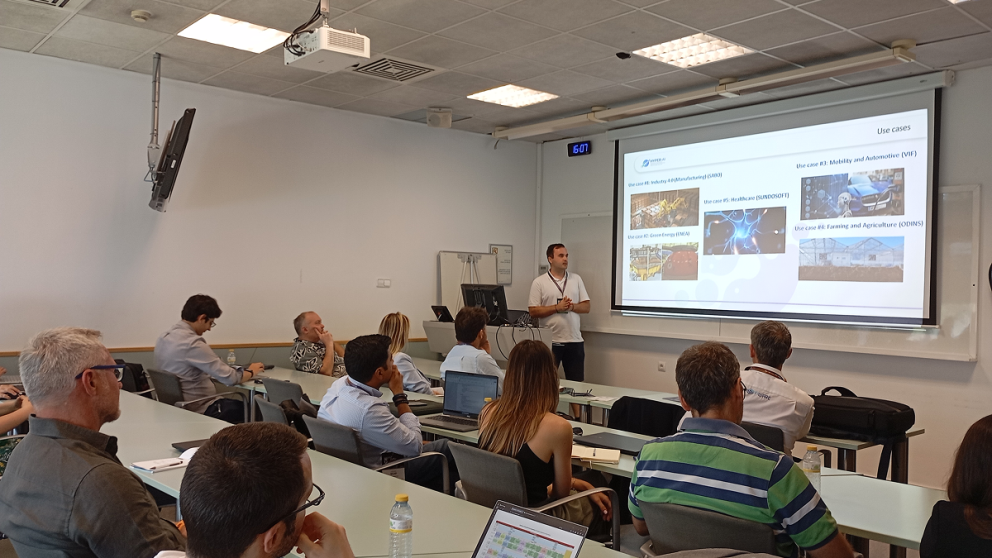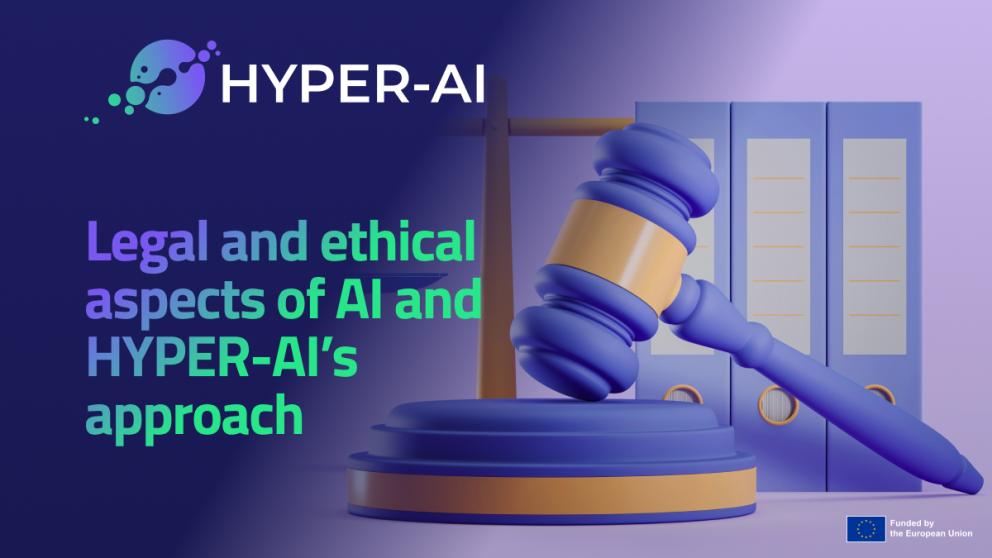"Work Package 3 sets the stage for the entire project," Herodotou explains. "It starts with understanding the technological landscape, figuring out what tools and technologies are already out there, and what we need to create." But the team doesn't stop there. They also dive deep into understanding the needs of the people who will actually use Hyper-AI. "We have to elicit the user requirements," Herodotou says, "to ensure the system we build is useful and effective for everyone who interacts with it."
This work package is responsible for not only designing the overall architecture of the Hyper-AI system but also creating a plan to evaluate its success. Herodotou emphasises the challenges involved in this process. "We need to ensure the requirements are very clear so there are no misconceptions between the stakeholders," he says. "We can't miss any end cases, and everything we do needs to be measurable."
To tackle these challenges, Herodotou and his team rely on open communication and collaboration. "We need to establish very good communication between all the partners," he stresses. "We also need to follow well-defined concrete approaches, such as whiteboarding and collaborative design processes."
Ultimately, meticulous documentation is vital. "We have to make sure everyone is on the same page," Herodotou concludes. This ensures the Hyper-AI project is built on a solid foundation, setting it up for success as it moves forward.
To keep up to date and for more information on HYPER-AI, follow the project on LinkedIn, Twitter, and YouTube.


